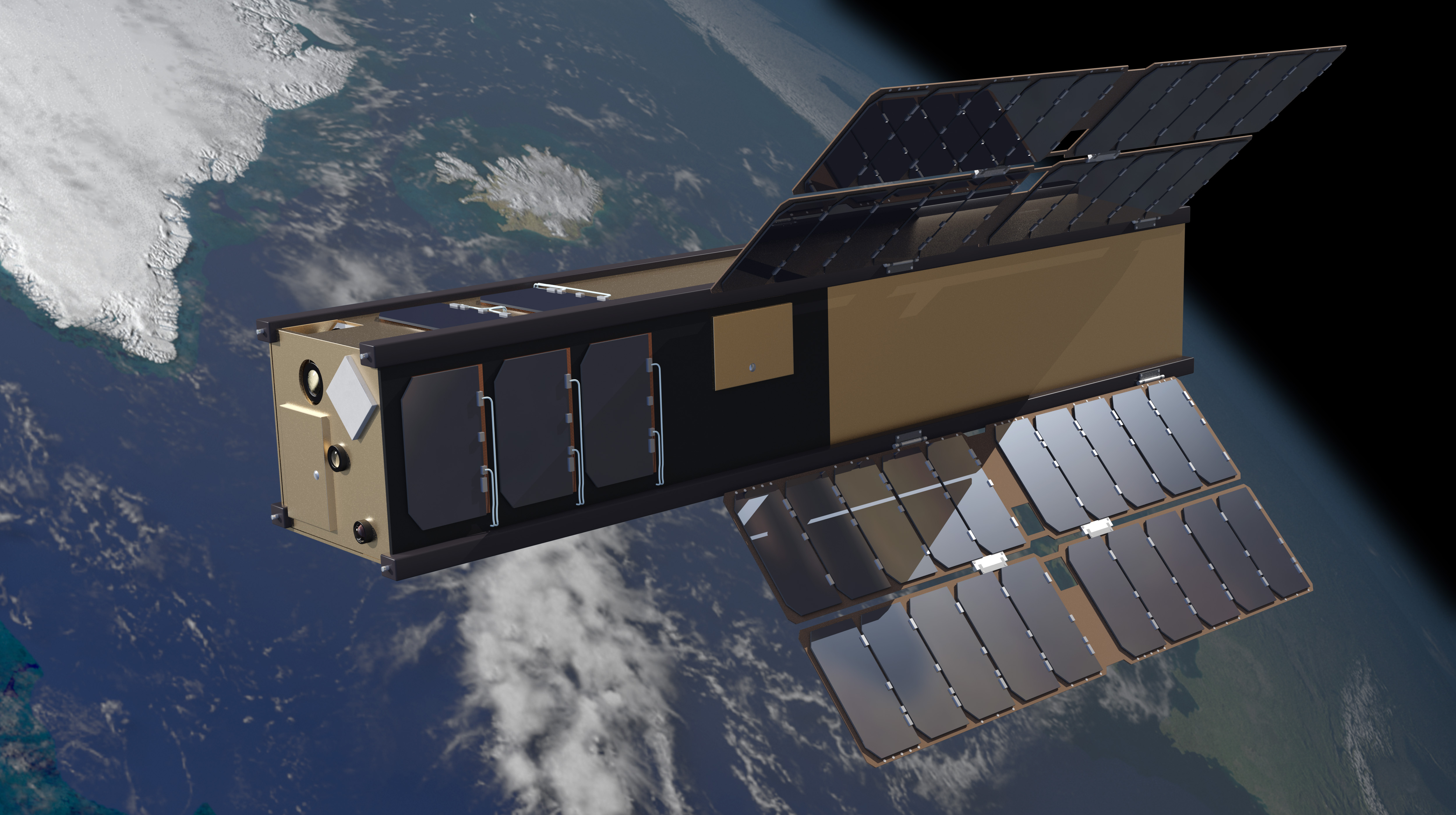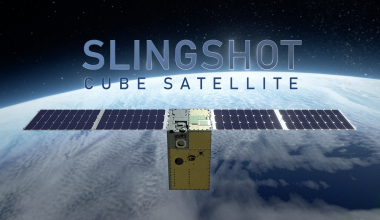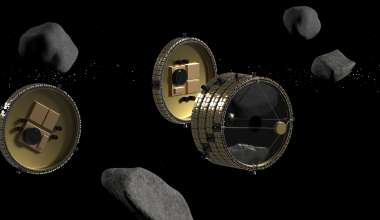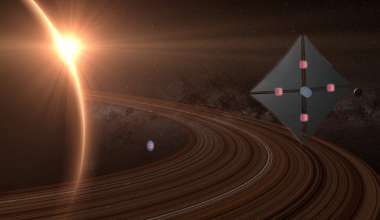DAILI will be designed, built, and flown by Aerospace and is scheduled to begin its one-year flight mission in 2020. “We are pleased that Aerospace was selected to support NASA with the DAILI mission,” said Dr. Sherrie Zacharius, vice president of Technology and Laboratory Operations. “Much of the uncertainty in atmospheric models is due to limited understanding of the composition profile in this region, particularly regarding molecular oxygen density. DAILI will provide the specialized data needed to help fill these gaps.”

The DAILI mission will study the atmosphere at an altitude range of about 140 to 290 kilometers. In this region, measurements are scarce, and density and composition are highly variable. This variability affects the plasma and atmospheric structure at higher orbital altitudes. DAILI will provide data for atmospheric models, important for applications such as calculating the precise orbits of satellites and understanding the propagation of radio signals.
This technique was validated by previous measurements made by Aerospace’s photometer portion of the Remote Atmosphere/Ionosphere Detection Sensor (RAIDS), which was deployed on the International Space Station. DAILI provides the same capability as RAIDS in a miniature form.
DAILI is envisioned as a linear six-unit (10x10x60 cm) CubeSat. The forward three-unit long sunshade of the CubeSat reduces intense scattered light from the sun, the earth, and low altitude clouds by a factor of a trillion. This reduction will allow the measurement of the faint images seen by DAILI. A rear three-unit section contains the optical payload and the avionics.
The DAILI mission will complement two future NASA satellite missions, ICON and GOLD, to be launched in 2018.
Aerospace has more than 80 specialized laboratories used to test, analyze, and troubleshoot virtually every aspect of rocket and satellite system design, development, construction, deployment, and operation.
About The Aerospace Corporation
The Aerospace Corporation is a leading architect for the nation’s space programs, advancing capabilities that outpace threats to the country’s national security while nurturing innovative technologies to further a new era of space commercialization and exploration. Aerospace’s national workforce of more than 4,800 employees provides objective technical expertise and thought leadership to solve the hardest problems in space and assure mission success for space systems and space vehicles. For more information, visit www.aerospace.org. Follow us on LinkedIn and on X: @AerospaceCorp.




